Occasionally here at Tennis-Prose.com, we are honored to receive an article from the noted Alex Bancila, an astute tennis mind, on the state of the tennis world. It’s usually at the cusp of the beginning of a slam and right on time with the French less than a week away, Alex’s cogent analysis of the game, particularly the Nadal-Djokovic dynamic, appears on our site’s doorstep. Enjoy Alex’s take on what the French will offer.
All Roads Lead to Paris
By Alex Bancila
A Short Pre-Roland Garros Analysis
The saying “there are only two sure things in life: death and taxes†can be
extrapolated to this year’s upcoming French Open, as follows: “at the 2014 Roland
Garros, two things are sure: Rafael Nadal and Novak Djokovic will play each other in
the final and Serena Williams will win the tournament.â€
Let’s start with the ladies. In my opinion, Serena Williams is already the best
women’s player in history albeit not the one with the most impressive accolades.
Whether or not she will surpass Steffi Graff (are we really going to count Margaret
Smith Court’s 12 Australian National Championships as legitimate majors!?) in
number of major tournaments won is secondary. Playing wise, Serena is the best
women’s player I have ever seen. She has the best women’s serve in history and is
the most imposing presence ever on the other side of the net. Physically she is the
strongest of them all and mentally she is the strongest-est.
Serena can only lose the 2014 Roland Garros title under two circumstances: either
she loses early to a no-name for whatever off-court reason or gets injured. If
she gets to the second week of the tournament, I doubt she will lose a set on her
way to her third Suzanne Lenglen plate. None of her opponents has the style of
play to derail Serena. What style of play exactly!? Playing like Serena! To put
stronghold on the point as early as possible off her own serve or return of serve,
to move exceptionally well, to overpower her opponents with pretty much every
shot, and to be clutch in clutch situations. The one player who comes closest to this
description is Azarenka but the Ukrainian has not played a tournament since Indian
Well and even if she plays Roland Garros this year I doubt she’s be a threat to win it.
(Note: Azarenka pulled out of the French Open earlier today.)
Depending on the draw’s configuration, I only see three players able to lose in the
final: Sharapova, Li Na, and Halep.
On the men’s side, things are equally straightforward: the final will be between the
top two seeds: Rafael Nadal and Novak Djokovic. The rest of the field will take each
other to the woodshed for the honor of losing (in four sets at most) in the semis to
either Nadal or Djokovic.
Who will be the favorite in the final between the two!? Despite my affinity towards
the Spaniard, I believe Djokovic is the tournament’s favorite and come early June,
he’ll win his first Coupe de Musquetaires – the only major missing from his resume.
I know – it is blasphemy to say that Djokovic is the favorite in front of the guy who
has won the tournament eight times in nine tries (Nadal will enter the tournament
with a staggering 59-1 record at Roland Garros).
Their recent head to head history however will carry in this case more weight that even Nadal’s ridiculous record in Paris. The fact that the Serb just beat the Spaniard on his beloved clay in the final in
Rome will most likely be the determinant factor in which of the two players will be
carrying the confidence and momentum into the second major of the year.
From a tactical standpoint, why does Nadal come up short in the match-up against
Djokovic!? He comes on top against pretty much everyone else. Nadal likes to
dictate the point with his forehand and he is more effective in doing that from the
deuce side of his court. In order to do this, Nadal needs time – the number one
commodity on the tennis court. Djokovic not only doesn’t give Nadal any time
but he actually takes it away from him.
Although Djokovic’s ball isn’t as heavy as
Nadal’s or as versatile as Federer’s, he hits it earlier than both. This makes Nadal
panic and forces him to hit too many backhands (which Nadal doesn’t like to hit
other than as neutral shots) or to hit himself out of position by running around his
backhand in order to hit his forehand. Additionally, Djokovic is great at getting
ahead in the point very early on, either off his serve or return of serve, both of which
are better shots than Nadal’s. The second Djokovic gets the point in a stronghold,
it’s extremely difficult for Nadal to bring it back to neutral let alone to become
the aggressor – he mostly plays catch-up and relies on phenomenal winners from
defensive positions, which are by definition low percentage shots. This is exactly
what Nadal forces the rest of the field to do when playing him. Another important
aspect tactically is the fact that Djokovic can hurt Nadal equally with his forehand
AND his backhand while Nadal can only hurt Djokovic with his forehand.
Physically speaking, Djokovic is Nadal’s equal – a feat that very few can claim. Their
on-court movement is relatively equal with Nadal holding a slight edge on clay and
Djokovic returning the favor on hard. On grass they are on par with each other.
Mentally, Nadal still holds the edge. For now. So far, Nadal continues to be the
one player who consistently keeps on winning matches with his B and B- game.
He is the game’s best problem solver and makes the best adjustments throughout
the course of a match. His tenacity and will to win (or fear of losing for those of
you who read his book) are still unparalleled in tennis and maybe even in all of
sports. The only two athletes whom I would put on par with Nadal when it comes to
competitiveness are Michael Jordan and Monica Seles.
Lastly, from a technical point of view, whenever the two play, the biggest weapons
on either side of the court are, in order:
1) Nadal’s mind, competitive spirit, and problem solving ability.
2) Nadal’ s forehand
3) Djokovic’s backhand
4) Djokovic’s forehand
5) Djokovic’s return of serve
6) Djokovic’s serve
7) Nadal’s touch and finesse around the net
8) Nadal’s ability to defend his serve
As we can see, as far as major weapons are concerned, the Serb is above the
Spaniard, which is a rarity and the number one reason why Djokovic has been
dominating Nadal in their matches regardless of the surface. The number
one weapon on the court – Nadal’s mind – only comes into effect and can be
the difference maker only in extremely tight situations. Lately however and
unfortunately for Nadal, their encounters haven’t been that tight.
Alex Bancila
Twitter: the Alex Bancila
Serena and Djoko Will Prevail at the French

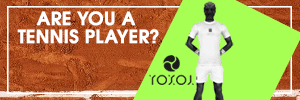

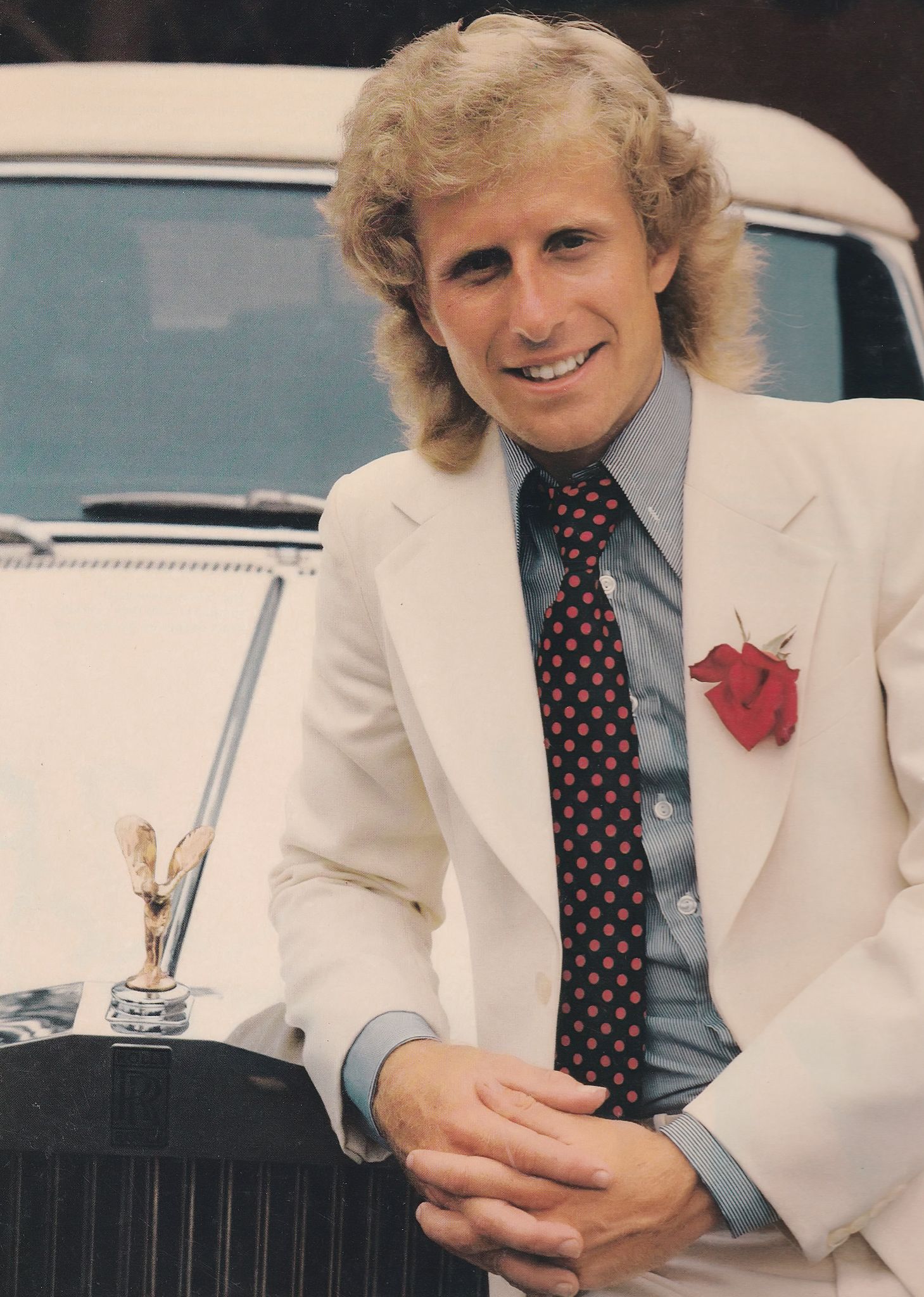
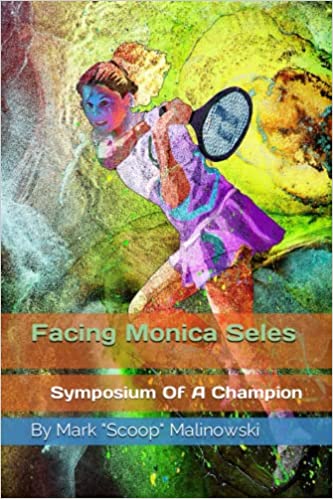
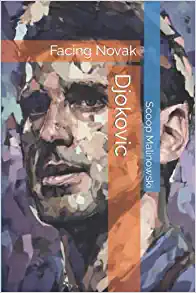
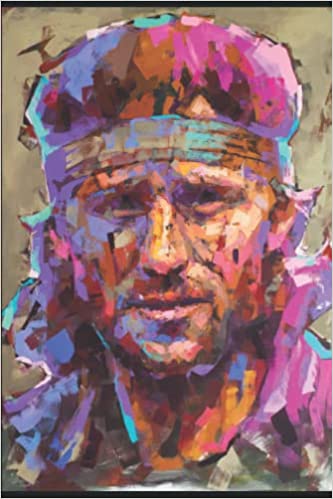
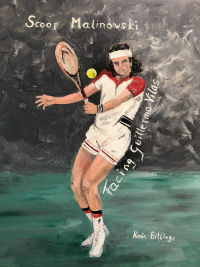
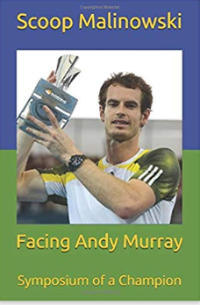
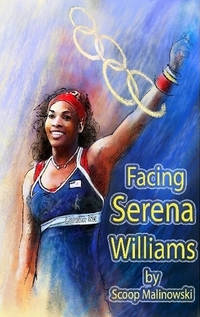
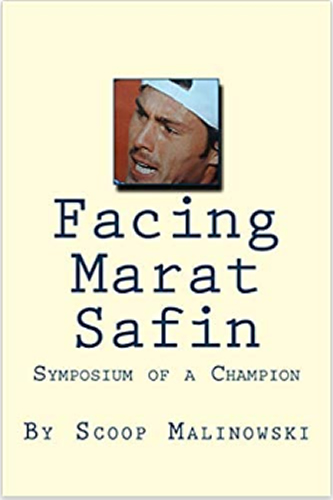
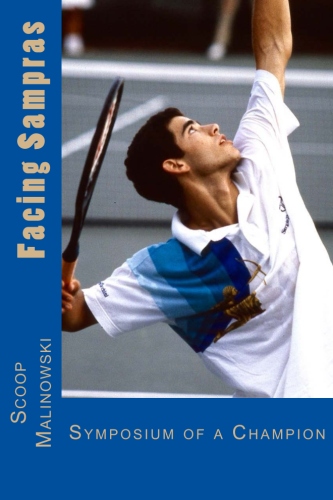
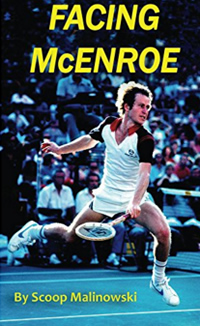
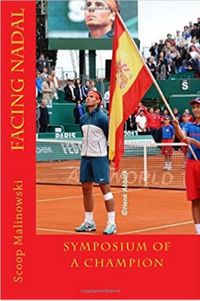
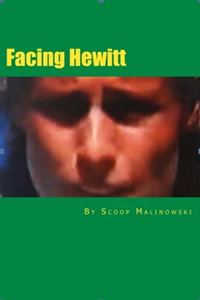
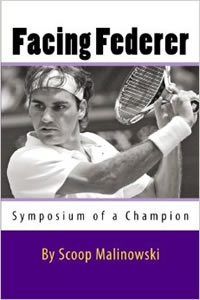
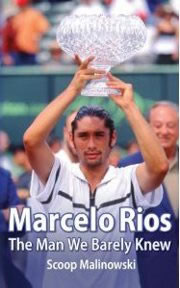

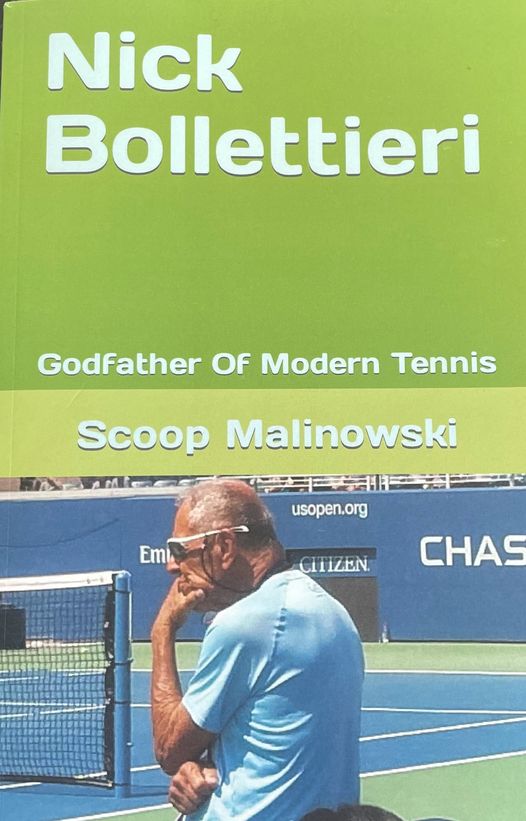
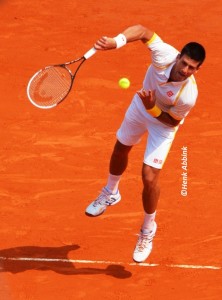

-

-

-

-

-

« Previous 1 2loreley · May 26, 2014 at 9:52 am
Why was Djokovic allowed to wear custom made shoes with spikes for so many years? Were they sleeping in Wimbledon?
tom michael · May 26, 2014 at 10:40 am
Obviously, they were sleeping in Wimbledon.
BoDu · May 27, 2014 at 9:40 am
Djokovic used illegal spikes in 2013 but not in 2011. The 2011 photo proves that.
gustarhymes · May 27, 2014 at 10:02 am
Keep telling yourself that, Bodu. You say that the photo does not prove his guilt, but it does not prove his innocence because it is not a close up picture anyway.
I know Novak sucks without using his custom made spikes, evidenced by Murray’s demolition of him in last year’s final. He will never win Wimbledon again. That is going to be further evidence.
Scoop Malinowski · May 27, 2014 at 10:09 am
I think there’s more of a chance that Djokovic subconsciously tanked the match for his friend in the Wimbledon final last year, knowing how much it meant for him to finally win Wimbledon than there being any kind of intentional cheating via his adidas soles. I own a pair of Yonex SHT-307 CL shoes that have protruding large nipple shaped almost mini pegs which curl around the sides of the sole edges in the toe and back foot areas. These shoes would be perfect for grass court play.